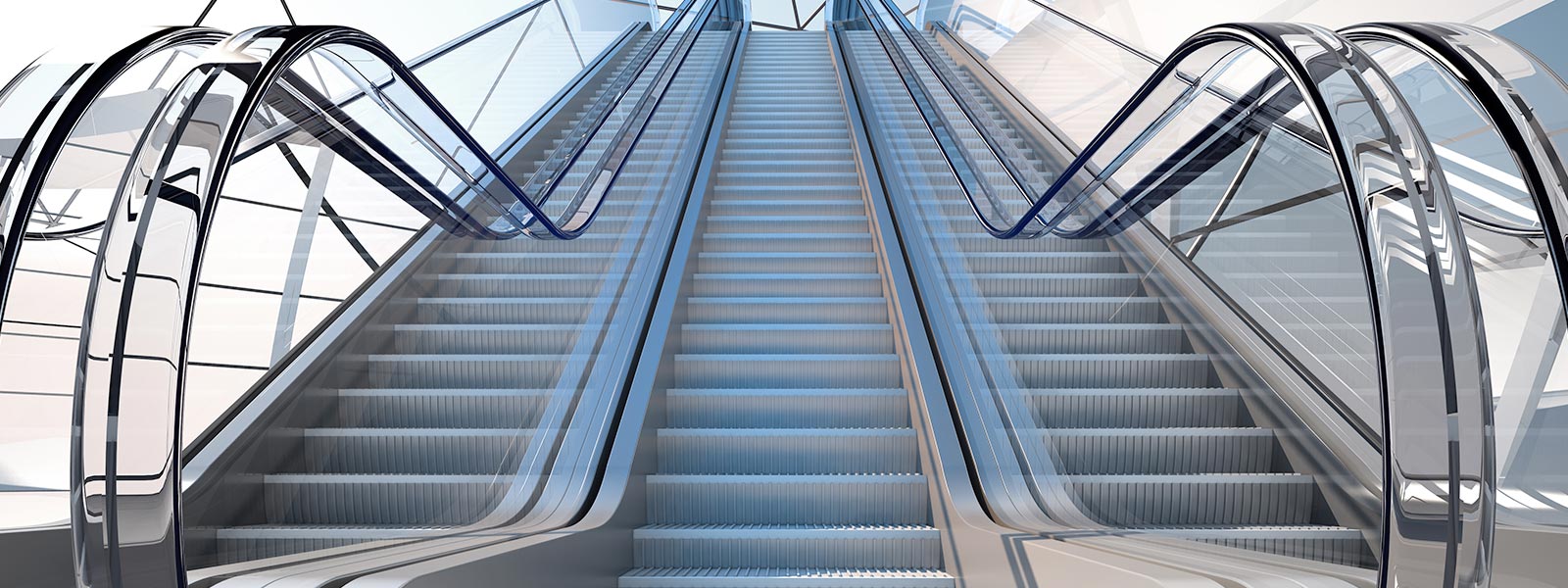Are your lifts on site compliant with lift regulations (European Standard EN81-80) that help you ensure you are meeting your responsibilities as a lift owner/manager?
Lifts are one of the safest forms of transport, being designed to strict and comprehensive standards. However, standards change to reflect developing technology and social trends.
Where your lift installation is concerned, such changes will have regard for life expectancy and improvements to service as well as taking into account legislative requirements. You will also be conscious of your responsibilities for control of your building, which impose a duty of care to ensure the premises are safe and free from risks to health, so far as is practicable.
Floor Levels: Inaccurate or inconsistent levelling can be a potential hazard to the infirm or partially sighted.
Communication: New lifts should be fitted with a 24-hour two-way means of communication allowing permanent contact with a rescue service.
Safe Working Space: It has become essential for new lifts to provide a working space at the top and bottom of the lift well in order to create a safe refuge for an engineer to properly maintain the lift.
Well Lighting: It is no longer considered sufficient to use hand-held or temporary lighting when working in an enclosed lift well and machine room. Permanent lighting should be available at all times.
Access: A safe means of access to the lift machinery is essential either by a staircase or a safe, unobstructed and well-lit alternative route. This could be crucial to the safe release of passengers from a lift car.
Car Apron: The car should be fitted with an apron.
Lift Doors: Modern electronic devices to be fitted to remove the risk of passengers being struck by closing doors.
Voids: Current guidance in BS7255 strongly recommends the fitting of a balustrade on the car roof as protection against the risk of falling into the lift well where such a risk exists.
Electrical Protection: To avoid the risk of electric shock, live terminals should be shielded and all high voltage terminals clearly marked.
Inspection Control: Strict procedures need to be in place when working on the top of a lift car, particularly when the car is to be moved, which is often necessary for maintenance/inspection. BS7255 strongly recommends providing an appropriate control.
European Standard EN81-80:2003
Based on established risk assessment principles, the Standard identifies where hazards can occur and, from a risk analysis viewpoint, illustrates these in high, medium and low priority with proposed corrective actions.
The Standard recognises circumstances will vary between countries and from one lift to another. It provides a comprehensive check-list of such hazards even though relatively few might require attention in the case of any individual lift installation.
Many European countries have now embodied, within their law, safety provisions reflecting certain elements of the new Standard. Traditionally, UK legislation is not prescriptive for individual products but relies upon an overall obligation towards maintaining health and safety. Nevertheless, what other countries aim to achieve through specific legislation has no less significance under UK law.
The areas of risk identified in this leaflet are selected from the standard as areas of particular concern and those that can be most significant in improving safety by implementing modern technology to rectify existing problems. There is no order of priority – this will vary according to circumstances.
If you require any assistance or guidance on any of the above matters, or just want to have a chat about lift maintenance, lift repairs, lift modernisations, lift car interior upgrade or a new lift installations, please contact us.












